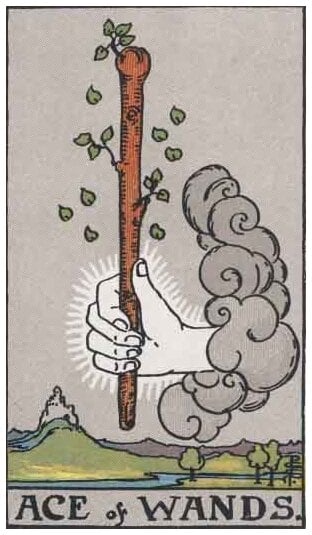Tarot Card Meanings
By M-C
Tarot cards are a powerful tool for divination, self-reflection, and gaining insight into various aspects of life. Each card in a tarot deck holds unique symbolism and meaning, derived from its imagery and position in a spread. The deck is divided into two main sections: the Major Arcana and the Minor Arcana.
The Major Arcana consists of 22 cards, each representing significant life themes and spiritual lessons, such as The Fool, which symbolizes new beginnings and potential, or The Tower, which signifies sudden upheaval and revelation.
The Minor Arcana, comprised of 56 cards, is further divided into four suits: Wands, Cups, Swords, and Pentacles, each corresponding to different areas of life and elements (fire, water, air, and earth, respectively). These cards reflect more day-to-day events and situations, providing a nuanced perspective on a querent's life.
Major Arcana
The interpretation of tarot cards depends heavily on the context in which they are read, including their position in a spread and their relationship to neighboring cards. For instance, a card drawn in a past position can indicate past influences, while one in a future position may suggest potential outcomes.
Additionally, reversed cards (those appearing upside down) often carry modified or opposite meanings. For example, The Hanged Man in its upright position signifies surrender and patience, but reversed, it may indicate stubbornness or an unwillingness to change.
Tarot reading is not a definitive prediction of the future but rather a guide to understanding current energies and potential paths. It encourages introspection and personal growth, offering insights that can help individuals make informed decisions and gain a deeper understanding of their inner selves and the world around them.

